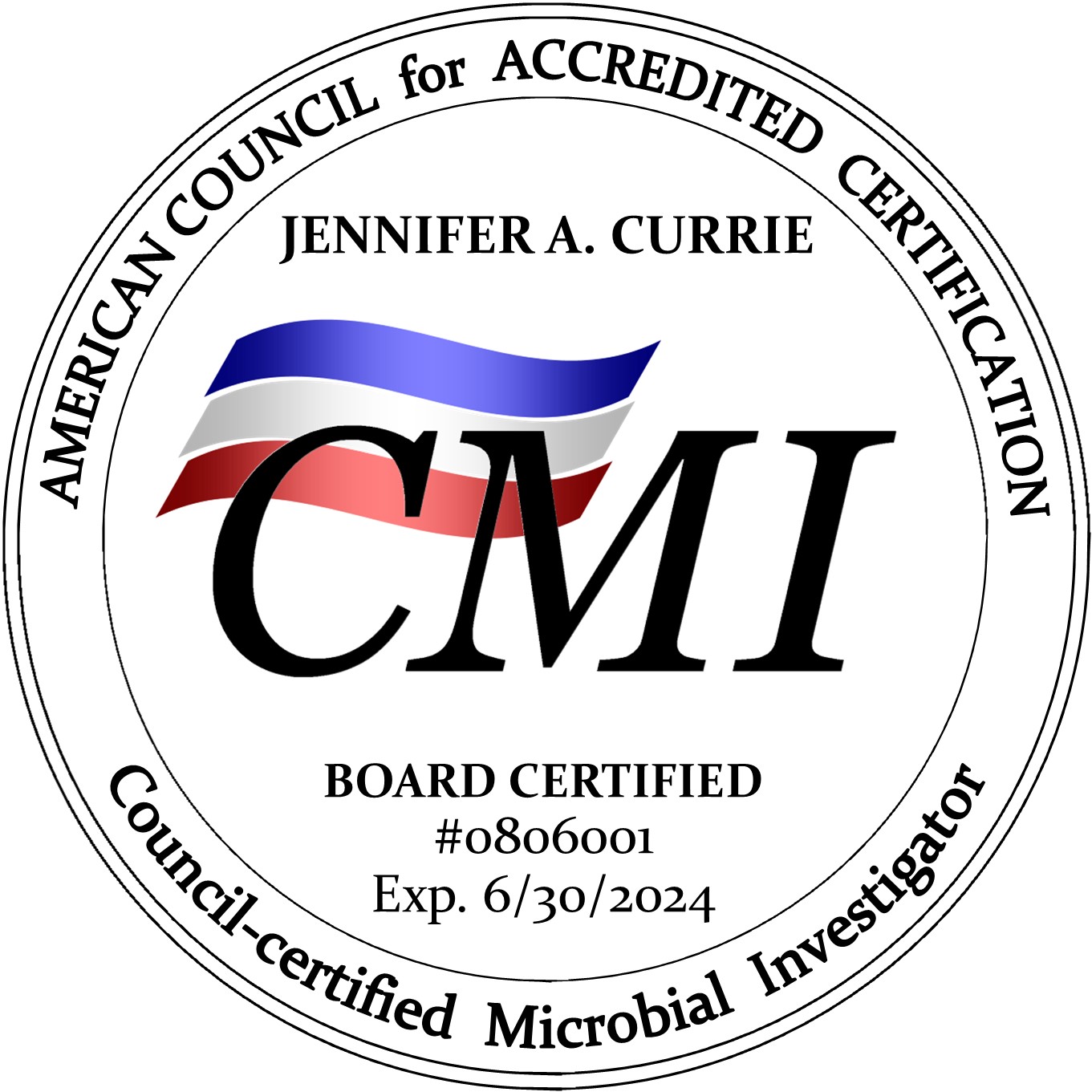Volatile organic compounds (VOCs) are organic chemicals, both human-made and naturally occurring, emitted as gases from either solid or liquid sources. VOCs are wide-ranging, and can result from thousands of different sources. The human-made sources to which most people are exposed include paints, cleaning supplies, building materials, office equipment, fuels and scented air fresheners or perfumes.
There are health risks to exposure to VOCs, including headaches; eye, nose and throat irritation; nausea; dizziness; fatigue. Certain VOCs are also recognized as carcinogens including benzene (seen in fuels, paints and tobacco smoke), methylene chloride (used in paint strippers), perchloroethylene (most widely used in dry cleaning), and formaldehyde (widely used in the manufacture of building materials such as pressed wood). Emissions of several VOCs are regulated by law, though typically only in industrial settings.
VOC accumulation in buildings occurs as a result of lack of ventilation. High relative humidities and temperatures can also affect the rate at which VOCs are emitted from their sources.


